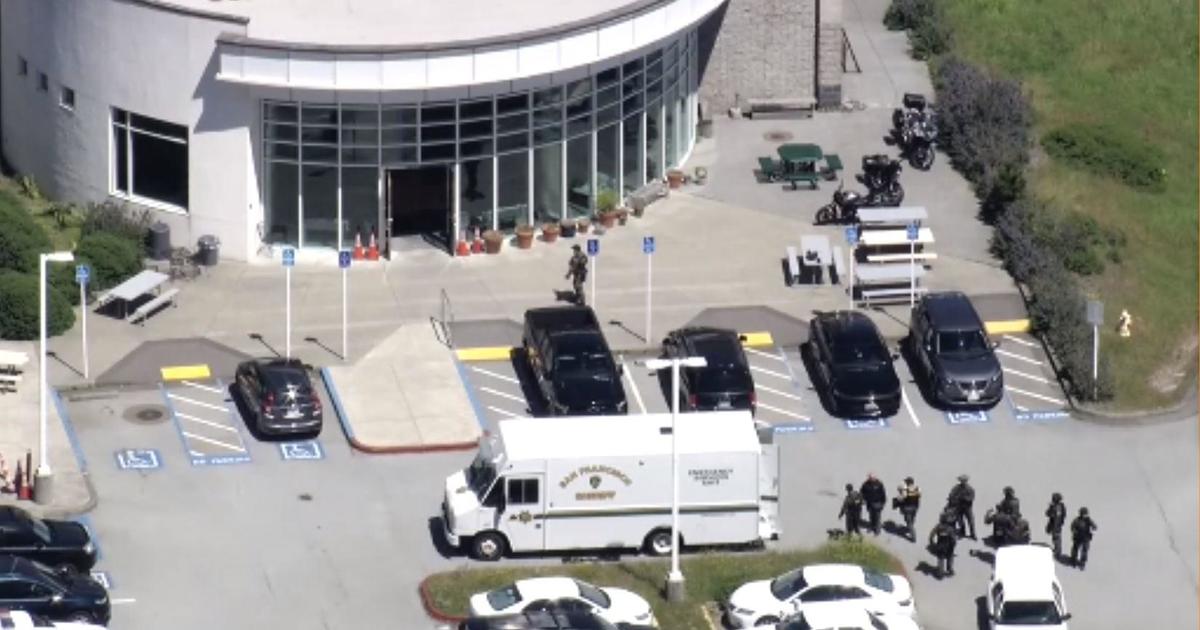Chevron Agrees To Let County Officials Oversee Probe Into Flaring Incident At Richmond Refinery
RICHMOND (CBS SF) -- Chevron officials have agreed to allow an investigation to be overseen by Contra Costa County officials into the cause of dramatic flaring at its Richmond refinery earlier this month.
Chevron investigators will meet with Contra Costa Health Services and Bay Area Air Quality Management District officials on a weekly basis to provide status updates on the investigation into the Dec. 18 incident and will share a draft report for comments before releasing a final report, according to county officials.
In addition, the company will provide an overview of the investigation once it is complete and make the underlying data available for review, officials said.
"The county health department has a lot of experience dealing with air quality issues and they bring a lot of expertise to the table," Chevron spokesman Braden Reddall said of the decision to involve the county. "The county requested it and so we thought that it would be the right step."
The county would normally not be involved in investigating a flaring incident of this type and would not even necessarily receive a final report unless it specifically requested it, according to Randy Sawyer, the county's health and hazardous materials officer.
But getting the county involved in the investigation will give the county additional information and provide transparency in an incident that generated a lot of attention and concern in the community, Sawyer said.
"I think the main thing is trying to find out what happened that led to the episode and how we can prevent something like this from happening in the future," Sawyer said.
In a report filed the day after the incident, Chevron officials said the flares, large jets of flame that were visible for miles, occurred after a solvent de-asphalting unit lost cooling and needed to be depressurized and shut down.
The investigation, which will focus on what caused the loss of cooling that forced the unit to shut down unexpectedly, is expected to take until around the end of January to complete, according to county officials.
Flares are used as part of the depressurization process to burn off excess fuels. They burned intermittently for around three hours on the evening of Dec. 18.
Residents were not advised to shelter in place during the incident because no odors were detected and ground level chemical monitors at the site did not register levels that would require it, according to county health officials.
Sawyer noted that "there definitely were emissions," but because the flare is elevated, the ground-level concentrations of pollutants did not reach the levels where a shelter in place order would be required.
© Copyright 2014 by CBS San Francisco and Bay City News Service. All rights reserved. This material may not be published, broadcast, rewritten or redistributed.



